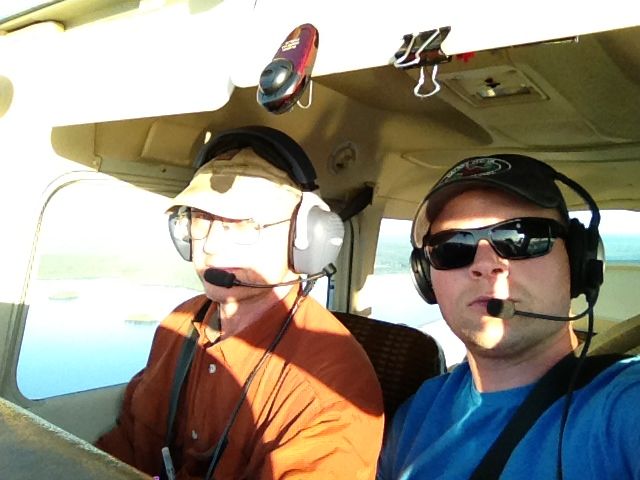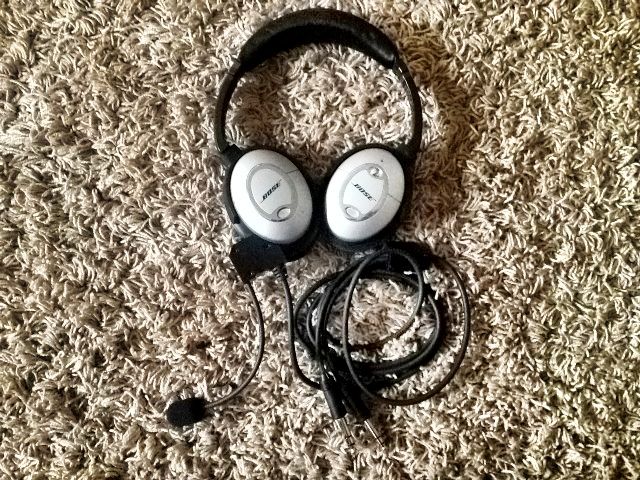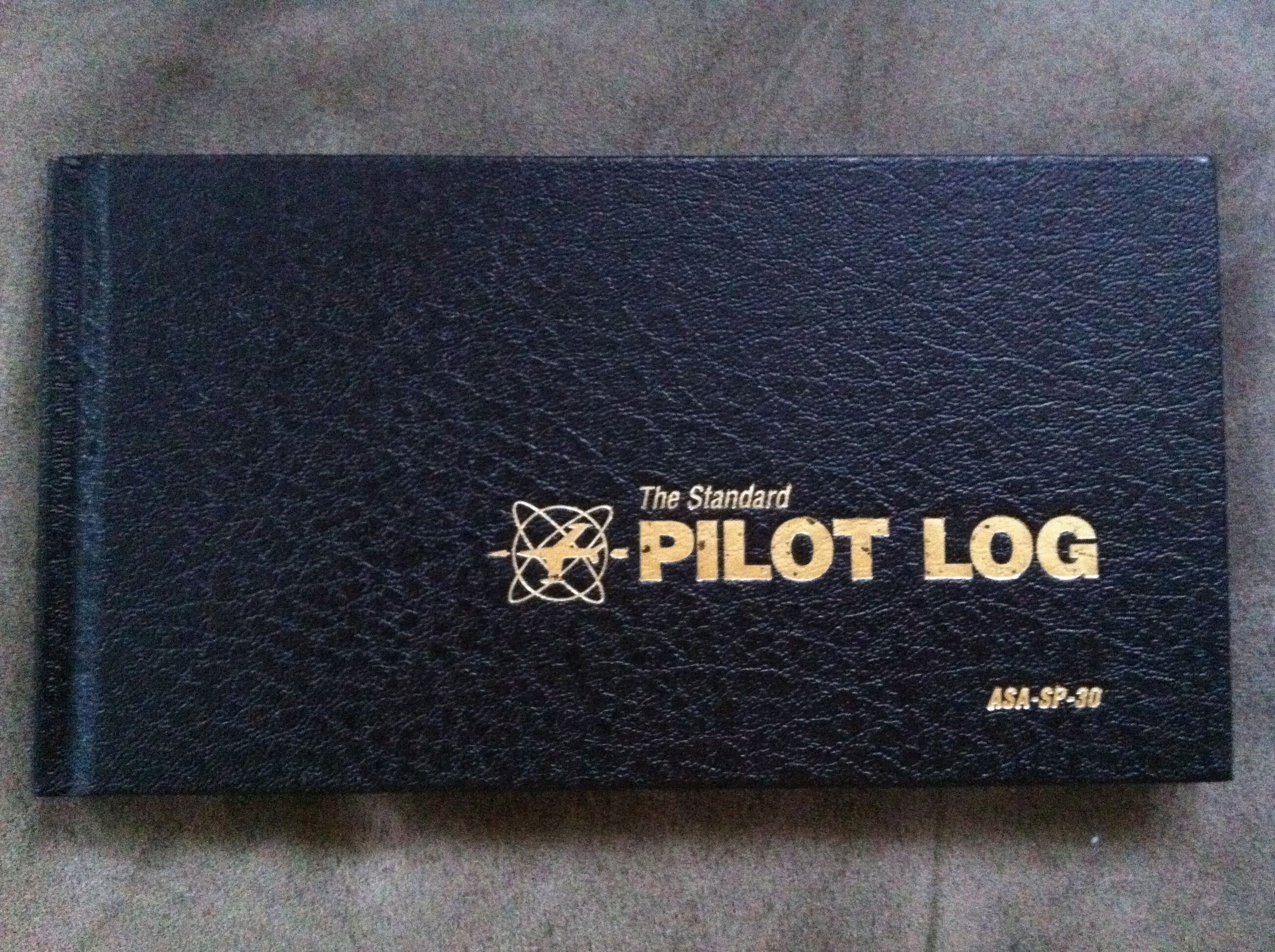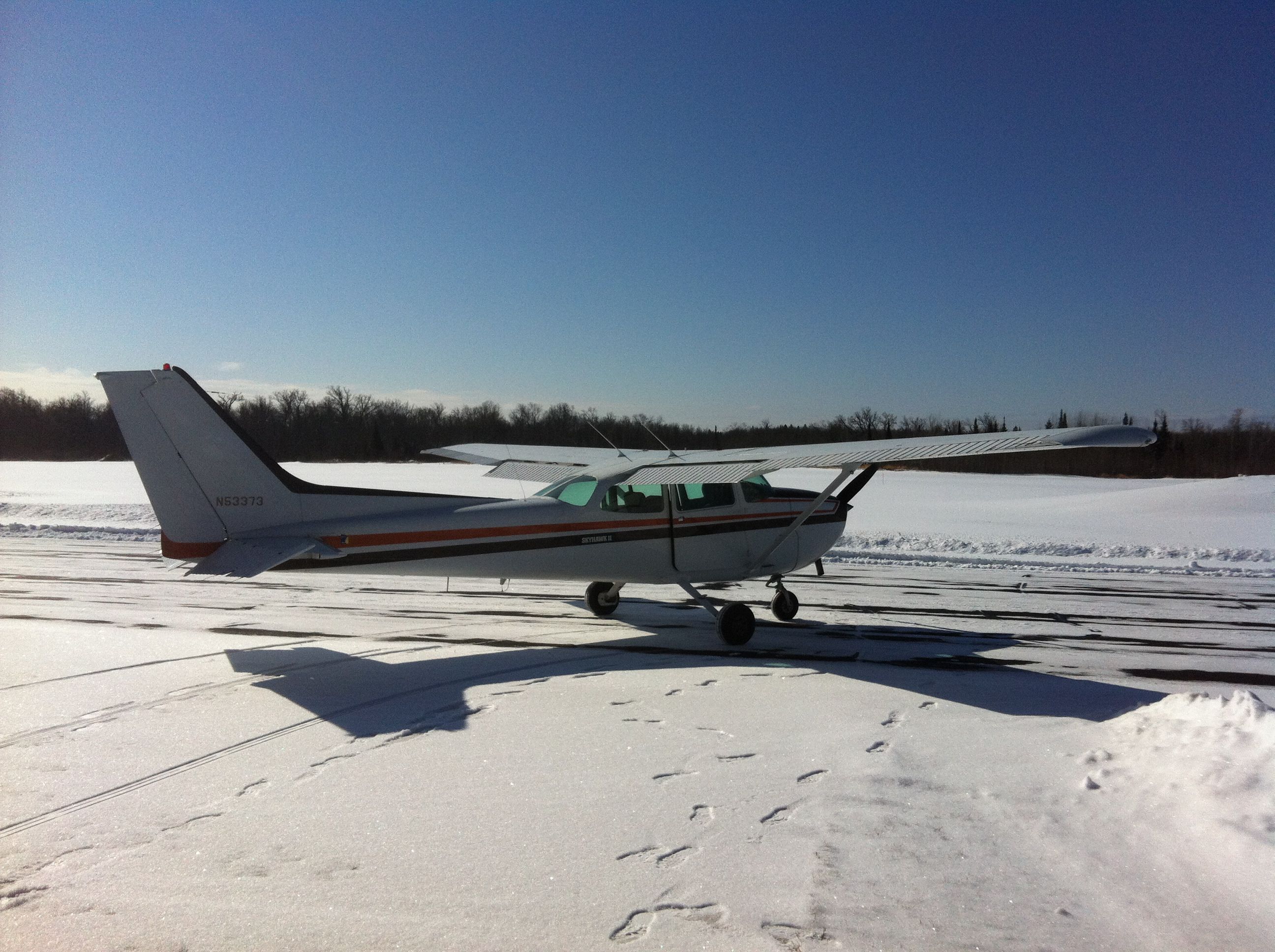I’m not referring to my CFI. My latest training flight began at 8:00 AM Sunday morning. After a preflight and a fill up we were taxing out to the runway. Todays mission to continue working on landings. The night before I’d had a few landings completely on my own. I am still struggling on realizing when I should round out the descent and when to flare, but I’m getting closer. I no longer feel overwhelmed during the downwind, and base legs of landing, and even the final approach seems comfortable, but its the short final where I still need to get things figured out. So on the mornings flight we were experiencing 3 – 8 knot direct crosswinds which make for the perfect conditions for learning to land in a a cross wind. I however hadn’t really figured out landings in no wind, so now adding a cross wind to that really upped the learning curve. We worked on the landings for approximately two hours. It was interesting being in the left seat crabbing in to the runway. I have been on so many flights in northwest Alaska in intense crosswinds as a passenger where the pilot skillfully set the plane down as if there were not wind at all. So to see that familiar sight picture with me at the controls gives me even more of an appreciation for the skill they possess. I was able to put the plane down a couple of times all on my own. I really struggle with keeping the upwind wing dipped down. It feels so unnatural to have the plane approaching the ground with the wing dipped down like that. I worry that a gust of wind would push it down into the ground. I guess this will just be something I will get more comfortable with as I fly more.
So now the reason behind the title of this post. We had done about 10 landings in a row staying in the pattern the entire time we were out that morning. We got a call over the radio that a local farmer had called in complaining that our consistant pattern work had upset his bull. Upon hearing this we decided to do one more landing and call it quits for the day. We had been flying for a couple of hours at that point. We did our final landing of the day bringing the total to 11 for the morning and headed in to the hanger. While we were putting the airplane away the airport attendant came by to let us know that he was by no means telling us we couldn’t fly. We told him we appreciated the heads up. The last thing we want to do is upset the neighbors. We had been doing quite a bit of flying early in the morning and late at night the last few days. This was to be our last flight for a week or so. Hopefully this will give the bull some time to relax before we start training again.
At this time I’ve got 12.6 hours and 53 landings. I’m hoping some more time in the plane will improve my landings substantially.
Until next time… I can’t wait to go flying.






